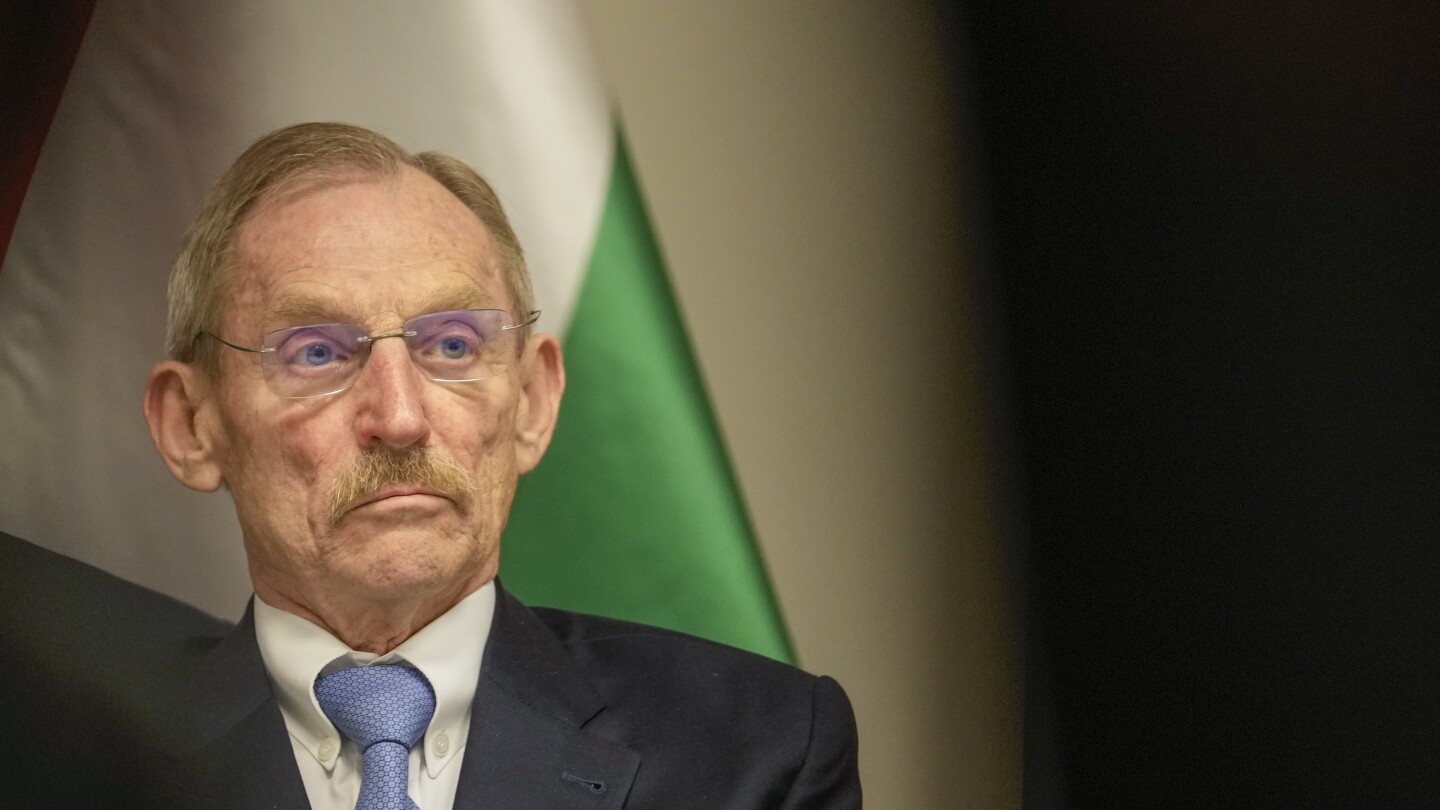SZEGED, Hungary (AP) — Interior ministers from six European Union countries on Monday said their nations had agreed to step up efforts to protect the bloc from illegal immigration and target groups of human smugglers that operate on its borders.
The ministers from the V4 group of Central European nations — including the Czech Republic, Hungary, Poland and Slovakia — were joined by counterparts from Austria and Germany for a summit in the southern Hungarian city of Szeged, 5 miles (8 kilometers) from the bloc’s border with Serbia.
Some EU governments worry that increasing pressure from the so-called Balkan migration route, which leads from Serbia into Hungary, requires a tougher response from countries in the region.
The interior minister of the Czech Republic, Vit Rakusan, who organized the summit, said migration is a “shared challenge” for Europe, and that solutions must focus on preventing migrants from entering the bloc illegally.
“We all are on the same migration route. We share borders, and the situation on the external border of the EU affects all of us,” he said. He didn’t give details on how they would target smugglers.
Rakusan asserted that recent decisions by numerous European governments to reintroduce internal border checks within the visa-free Schengen zone were unsustainable, and that external border protection would be the focus of cooperation between the six governments going forward.
“We all want to have the Schengen area alive,” he said. “We all know that controls and checks on the internal borders, it isn’t the right solution.”
Around 13 of the EU’s 27 member countries have reintroduced internal border checks with their neighbors in recent months, a deviation from the normal border-free travel enjoyed in the Schengen zone.
Slovakia last month resumed checks at its border with Hungary to reduce a growing number of migrants entering the country, after neighbors Austria, the Czech Republic and Poland introduced controls at their own borders with Slovakia.
Part of what led to the change was the proliferation of violence in northern Serbia in recent months. Gun battles have become common along the border with Hungary where migrants have gathered looking for ways to cross into the EU with the help of smugglers.
Hundreds of Serbian officers were dispatched in late October into the area near the border. They detained several people after a shooting between migrants killed three people and injured one.
At the summit on Monday, Hungarian Interior Minister Sandor Pinter said he and his counterparts would discuss a common EU policy on immigration and asylum at a meeting in Brussels next week. He said his country is not willing to compromise on a proposal that would distribute asylum seekers across the EU to reduce the burden on countries most affected by migration.
“Hungary cannot accept the mandatory nature of relocation,” Pinter said. “This is a question of sovereignty for Hungary.”
The ministers were later scheduled to visit Hungary’s electrified border fence, which the nationalist government erected in 2015 after over 1 million migrants entered the EU after fleeing war and poverty in the Middle East and Africa.

